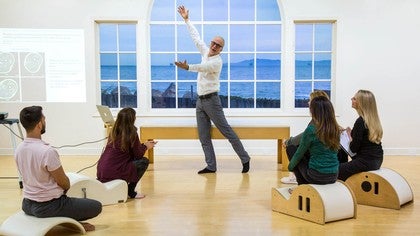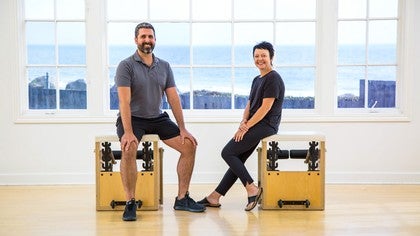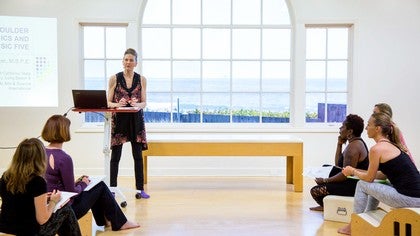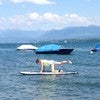Premium workshop
You can view a 2 minute preview. For details, scroll down below the video.
Description
Objectives
- Learn about pandiculation and how animals can teach us more about movement
- Learn why and how you should stretch the whole myofascial chain
- Learn about viscoelasticity and auxetic behavior and how each of these impact your body
About This Video
Workshops: Anatomy and Fascia
Comments
I hope that scientists and specialists like Dr Schleip will acknowledge that the Pilates method has also a big potential and that we start hearing and reading more about this method in their studies, at least as much as we do read from yoga :)
Thank you PA and vielen Dank Dr Schleip from
a Swiss fascia and Pilates fan :)
You need to be a subscriber to post a comment.
Please Log In or Create an Account to start your free trial.
















